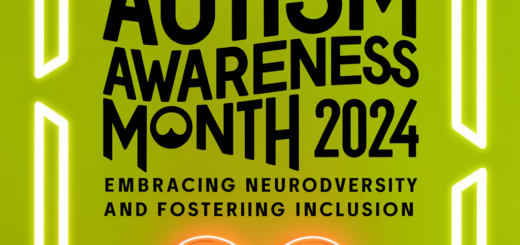Understanding the Autism Wheel: Key Areas Explained

The Autism Spectrum is a broad and complex condition that affects individuals in various ways. One effective tool to visualize and understand the multifaceted nature of autism is the Autism Wheel. This blog post will delve into the different aspects of the Autism Wheel. It will help you gain a deeper understanding of the spectrum and its characteristics.
What is the Autism Wheel?
The Autism Wheel is a visual representation that organizes the critical areas affected by autism into an easily understandable format. It covers the main domains where autistic individuals experience differences, including communication, social skills, sensory sensitivities, interests, and routines. By breaking down these areas, the wheel helps in understanding the diversity and depth of the autism spectrum.
Key Areas of the Autism Wheel
- Communication
- Social Skills
- Difficulty in Social Interactions: Many individuals with autism find social interactions challenging, including understanding social cues and maintaining conversations.
- Limited Eye Contact: Maintaining eye contact can be uncomfortable for some, leading to limited eye engagement.
- Challenges with Empathy: Understanding and expressing empathy can be complex, affecting social relationships.
- Sensory Sensitivities
- Hypersensitivity: Over-sensitivity to sensory inputs like sounds, lights, and textures can cause discomfort and stress.
- Hyposensitivity: Under-sensitivity makes individuals seek intense sensory enter to feel comfortable.
- Sensory Overload: An overload of sensory information can be overwhelming and lead to anxiety or shutdowns.
- Interests
- Focused Interests: Intense focus on specific subjects or activities is common. This focus can become a source of deep knowledge and skill.
- Repetitive Behaviors: Repeating actions or routines can give comfort and predictability.
- Intense Focus: This can lead to significant achievements in areas of interest but also results in difficulties with flexibility.
- Routines
- Need for Predictability: A strong preference for routines and predictability helps reduce anxiety.
- Resistance to Change: Changes in routine can be distressing, requiring gradual adjustments and support.
- Structured Schedules: Structured schedules can help manage daily activities and transitions effectively.
Visualizing the Autism Wheel
To better understand the Autism Wheel, we created a mindmap diagram that visually organizes these key areas. This diagram can be a valuable tool for educators, caregivers, and individuals. It helps them understand and support those on the autism spectrum.
Conclusion
The Autism Wheel provides a structured way to explore the diverse characteristics of autism. By understanding the key areas outlined in the wheel, we can develop better support strategies. We can also foster a more inclusive environment for individuals on the autism spectrum.


